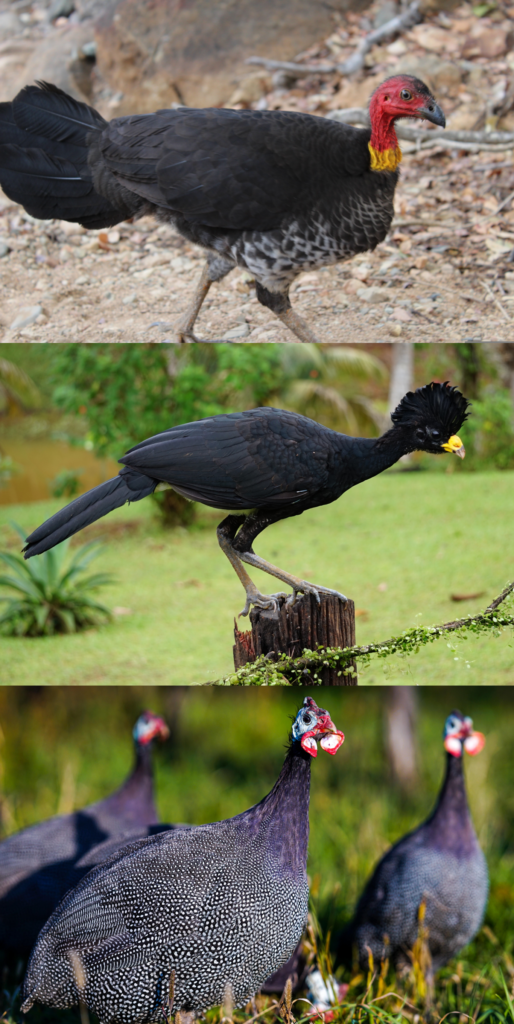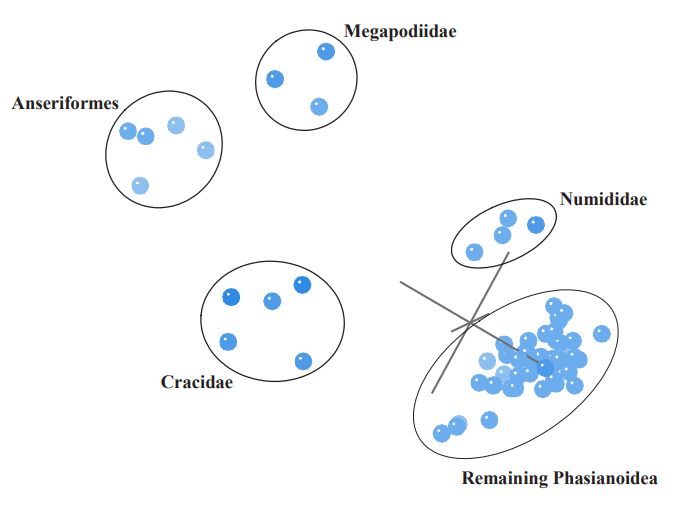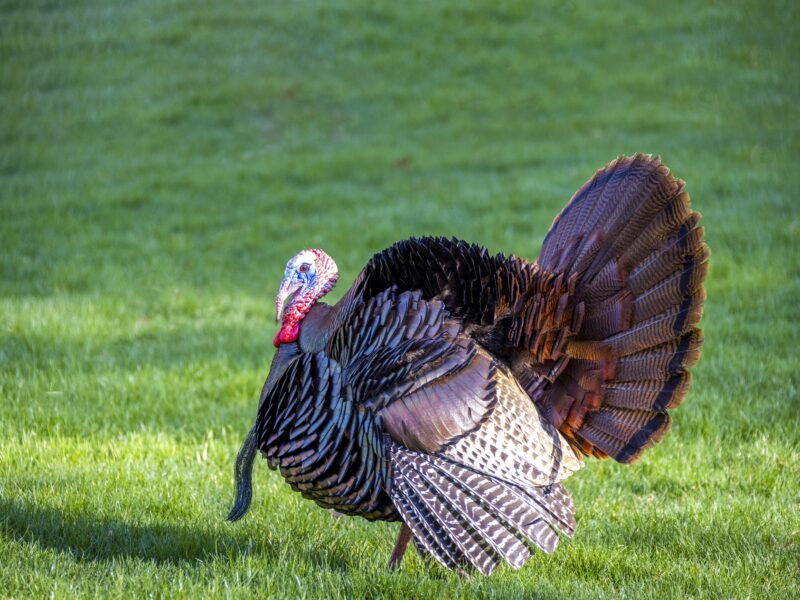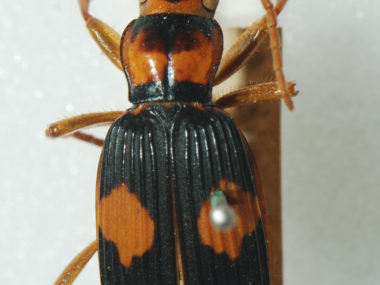As you celebrate Thanksgiving this year, take a moment to think about the heritage of the turkey. Those delicious drumsticks have quite a history, and it might surprise you what other birds are related to the one on your plate.
The views expressed in this article reflect those of the author mentioned, and not necessarily those of New Creation.
The Phasianoid and Cracid Kind

Recent research by Brophy and McConnachie has helped shed light on the created kind to which turkeys belong. Their work focused on the order Galliformes, a group of birds often called landfowl. They found that landfowl were distinct from waterfowl like geese and ducks. This suggests that that landfowl (including turkeys) are not related to waterfowl.
Among the landfowl they recognized multiple groups. Megapodes, Australasian birds known for building large nest mounds, are quite distinct from the other landfowl. The remaining landfowl probably all belong to a single kind. They can be broadly divided into three groupings, Cracidae, Numididae, and the other Phasianoids. Cracids are a type of bird native to Central and South America including curassows. Numididae encompasses guinea fowl and some similar genera. The remaining Phasianoids include turkeys, grouse, quail, pheasants, peacocks, and partridges. Interestingly, Cracids have hybridized both with members of the family Numididae, and the other Phasianoids. This means that the two groups must belong to a single created kind.

Turkeys are probably related to curassows, guinea fowl, peacocks, and other landfowl (excluding Megapodes). They all descended from several pairs of the kind on Noah’s Ark. These ancestral birds gave rise to quite an array of diversity relatively soon after the Flood. Future studies of these creatures will hopefully elucidate the mechanism by which they were able to diversify so quickly, and include data from the many extinct Phasianoids to help us understand what the original members of the kind might have looked like.
Turkey Origins
Turkeys are native to the New World, the earliest bones come from lower Miocene deposits in northern Florida. This species, Rhegminornis calobates, was originally thought to be a type of wading bird. Closer analysis of the fossils revealed that it actually belonged to a very small, ancient turkey. The fossil record seems to suggest that turkeys increased in size over time, from the tiny Rhegminornis calobates to Meleagris kimballensis, and finally the large turkey species alive today.
The Mesoamericans were the first people to domesticate turkeys, sometime between 1800 BC and 250 AD. Domestic turkeys were scarce at first, and primarily used in ritualistic functions such as sacrifice and burial. Ancient people also utilized their feathers to create blankets and headdresses. Turkey husbandry quickly spread as they became a dietary staple across Mesoamerica and the southern United States.
Conclusion
Turkeys have a fascinating history, tracing back from our dining table to their domestication by Mesoamericans, and their ancestors on the Ark. This Thanksgiving make sure to thank God for His creation of the beautiful, tasty turkey and its wild relatives. We at the New Creation blog wish you a Happy Thanksgiving.
Footnotes
Brophy, T., McConnachie, M. 2021. A baraminological analysis of the landfowl (Aves: Galliformes). Journal of Creation Theology and Science Series B: Life Sciences, 11:55-64.
Olson, S., Farrand, J. 1974. Rhegminornis restudied: A Tiny Miocene Turkey. The Wilson Bulletin, Volume 86, Number 2, pages 114-120.
Stidham, T. 2011. The carpometacarpus of the Pliocene turkey Meleagris leopoldi (Galliformes: Phasianidae) and the problem of morphological variability in turkeys. PaleoBios, Volume 30, Issue 1.
Thornton, E., Emery, K. 2017. The Uncertain Origins of Mesoamerican Turkey Domestication. Journal of Archeological Method and Theory, 24, 328-351.
Thornton, E., Emery, K., Speller, C. 2016. Ancient Maya turkey husbandry: Testing theories through stable isotope analysis. Journal of Archeological Science: Reports, Volume 10, pages 584-595.












i;m canadian but we eat the turkeys on our Thanksgiving too.
The bible seems to say there were kinds of birds on the ark. thus the two mentioned and used by Noah. Unless birds are one kind and those two were just types. Anyways a great thing about birds is everywhere in the old days they lost the use of thier wings but did okay. Turkeys are just a surviving relict of hugh numbers of flightless birds. In fact this creationist says theropod dinosaurs were just flightless birds So imagine the wish potential when snapping a t rex wishbone at thanksgiving.
Actually Genesis 7:3 says there were seven pairs of each kind of bird, giving a lot of room for diversity.
In fact, when God made the animals in chapter one, He made populations, not pairs, of the various kinds. So there would have been a huge amount of diversity at the very start.